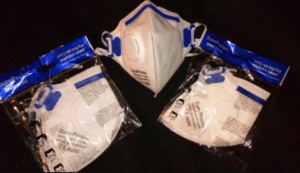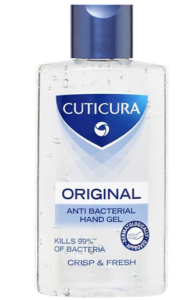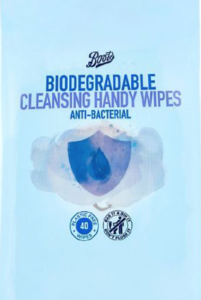No doubt you have seen and heard The Department of Health & Social Care, and the World Health Organisation frequently advising us to wash our hands or use hand sanitizer gels in a bid to stop the spread of COVID-19. The problem you will get from excessive hand washing and using hand sanitiser is that your hands become dry, sore and irritated.
Keeping Your Hands Healthy During A Pandemic – Stop The Spread:

Frequent hand washing is crucial in the fight to stop the spread of the Coronavirus. However, this can lead to damage to the outermost layer of skin (the stratum corneum) if we don’t take supplementary measures. We must all keep our hands clean and free from the virus but, remember to protect the skin at the same time. If you continue to keep the hands clean but don’t look after the surface, you could end up with dry, damaged skin.
It’s essential to keep the skin nourished, so it’s there as an effective barrier. To help you keep your hands healthy, we’ve looked into the most suitable hand cream ingredients and what they do. We also offer tips for looking after your hands, so that the surface continues to appear young and elegant, and keeping your hands healthy during a Pandemic.
How Hand Cream Works:
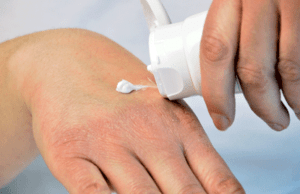
We all know how general wear and tear leaves the skin on our hands feeling like cardboard by the end of the day. Another of the leading causes of dehydrated hands is when they are exposed to the elements. When you add to this to the increased, and hopefully by now, regular washing, it can cause severe dryness and irritation. The use of a good quality hand cream will help to restore and protect the skin, leaving it feeling moisturized and hydrated.
If you are applying hand moisturizer throughout the day, you do not want your hands to feel greasy so that you can’t even pick up a pen! Look for a hand cream that hydrates but soaks into the skin that allows you can pick up items without them slipping through your fingers!
Here you will find the different ingredients in a typical hand cream that should keep your skin nourished and healthy. We also advise on how to look after your hands while Coronavirus is widespread.
Read Our Recommendations On – Intensive Hand Creams
What’s In Your Hand Cream:
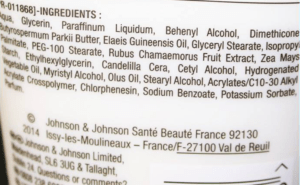
Humectants are one of the three crucial ingredients you’ll find in hand moisturizer, along with occlusives and emollients. The way they work by drawing water from the air and into the skin. Glycerine is a common humectant. It has three hydrophilic (water-loving) alcohol endings, and why it attracts water so effectively.
It also provides skincare products such as hand creams, a soft, creamy skin-feel – although too much of it can be a bad thing and make a product feel sticky. Other humectants you find in hand creams include butylene glycol, urea, sorbitol, honey, aloe vera, sea salt (Maris sal), and wheat proteins.
Occlusives form a protective ‘physical’ barrier on the surface of the skin to seal water in and prevent it from evaporating or ‘extracted’ by secondary factors such as the cold, wind, or frequent hand-washing. They can also leave the skin feeling greasy and heavy on the surface (petroleum jelly is a good example).
Dimethicone is a popular synthetic occlusive that provides an effective barrier without feeling ‘heavy’ on the skin. It allows a hand cream to feel smooth and flow from the bottle for easy application. Dimethicone is like a liquid plastic seal to help with the skin’s barrier function. It also helps with lubrication, allowing the moisturizer to fill the gaps between the skin cells. Other popular occlusives include beeswax and liquid paraffin.
Emollients soften the skin and stop the skin from drying out in reduced humidity environments or after cleansing. Shea butter is a suitable alternative that serves as an occlusive too. Some other emollients you will find include myristyl alcohol, capric triglyceride (made from coconut oil), and lanolin Emulsifiers. These help to stabilize mixtures of oil and water-based substances by reducing the surface tension of the ingredients from being emulsified so that they blend.
Click – Surgical Face Masks – Available In Stock
If they are not present, you may find water forming towards the bottom of a jar or tube and oil gathering towards the top. Common emulsifying ingredients include glyceryl stearate, glyceryl stearate citrate, lecithin, carbomer, and beeswax. Sensory modifiers convert an unfavorable sensation into a more pleasing one. They include ‘slip modifiers’ or ‘absorbents,’ which help to give hand creams a silky skin-feel as well as excellent oil absorption.
One such slip modifier is tapioca-starch, a modified starch that emanates from the root of the cassava plant that helps ingredients to flow more conveniently from the bottle or tube. If you are regularly applying hand cream, a sensory modifier should mean not having to deal with a greasy residue. Other sensory modifiers include talc and kaolin.
Stabilizers are used in conjunction with emulsifiers to help stop products from separating into their water-based and oil-based components. Sodium carbomer is a synthetic stabilizer and rheology modifier that helps with the viscosity of a skincare product. In essence, your hand cream should have the texture you expect and want from it.
The slight downside, it does have potential environmental consequences. Sodium carbomers are microplastics, which are microscopic (less than 5mm) synthetic polymer particles that are like microbeads, but smaller and finer. They also resist biodegradation. A more eco-friendly substitute for sodium carbomer is xantham gum, which is a natural, sugar-based polymer.
Preservatives added to keep skincare products at their best by eradicating microorganisms, including fungi, bacteria, and yeast. These could taint your cosmetic products and reduce their shelf life. One such ingredient is Phenoxyethanol; it’s synthetically made and works by damaging the cells of the unwanted microorganisms and prevents mold from developing on the inside of the top.
Fragrance, how a hand cream smells can make or break it for some people. Linalool is a typical fragrance in cosmetics; this has a floral aroma similar to lavender and bergamot. It’s a naturally occurring terpene alcohol, but can also be produced synthetically found in many flowers. These ingredients can be allergens, and this is why they are listed.
Anti Bacterial Hand Gel
Looking after your hands during the COVID-19 Pandemic:
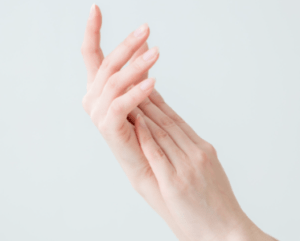
It’s quite simple; all you have to do is to wash them frequently. Hand washing is the best thing you can do to protect from Coronavirus because it physically removes it if it’s on the skin. Wash your hands thoroughly for at least 20 seconds, making sure not to forget your wrists and the backs of your hands too.
Use hand sanitizer gel (when hand washing isn’t possible). A gel is preferable to a liquid formula because it remains on the skin for longer and, therefore, more likely to kill pathogens. You may want to look for non-greasy formulations for use during the day. Products containing sensory modifiers like tapioca starch, rice starch, or corn starch do tend to help to lessen the greasiness of a product. Lotions are lighter and more easily absorbed into the skin than creams, and these are good to use during the day when you wash your hands more frequently.
Apply thick hand cream at night. Put a rich hand cream on at night and use it as a night mask for your hands. Doing this, you will help to nourish the skin during the night. Doing this helps to repair the surface if you don’t like to moisturize during the day, or you forget to do so.
Are you struggling to find a hand cream? If you are, a regular moisturizer will also work. Some have very similar formulations. An example of this is Aveeno Skin Relief Body Moisturiser that has an identical list of ingredients to its hand cream version. The price is comparable for more than twice the amount of product (200ml vs. 75ml).
If your skin is dehydrated, cracked, or irritated, talk to a pharmacist about alternatives, as a standard hand cream may not be adequate to deal with the problem.
Biodegradable Hand Wipes
Keeping Your Hands Healthy During A Pandemic – Conclusion:
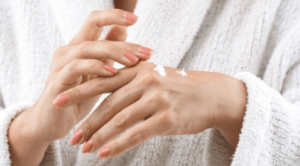
It can’t be emphasized enough the importance of keeping your hands clean. It’s still the number one thing you can do to protect yourself and others from contracting Coronavirus.
But, it’s equally important that you don’t neglect the moisturizing side too. Increased hand washing and the use of hand gel that often contains alcohol can be drying for your skin. Putting a rich moisturizer on overnight and moisturizing after washing your hands should help to keep hands looking young.
Do you suffer from dry hands and irritated skin? How do care and look after them? Do you have any other tips for caring for your hands? Please leave any comments or questions below, and I will be happy to discuss them with you.


